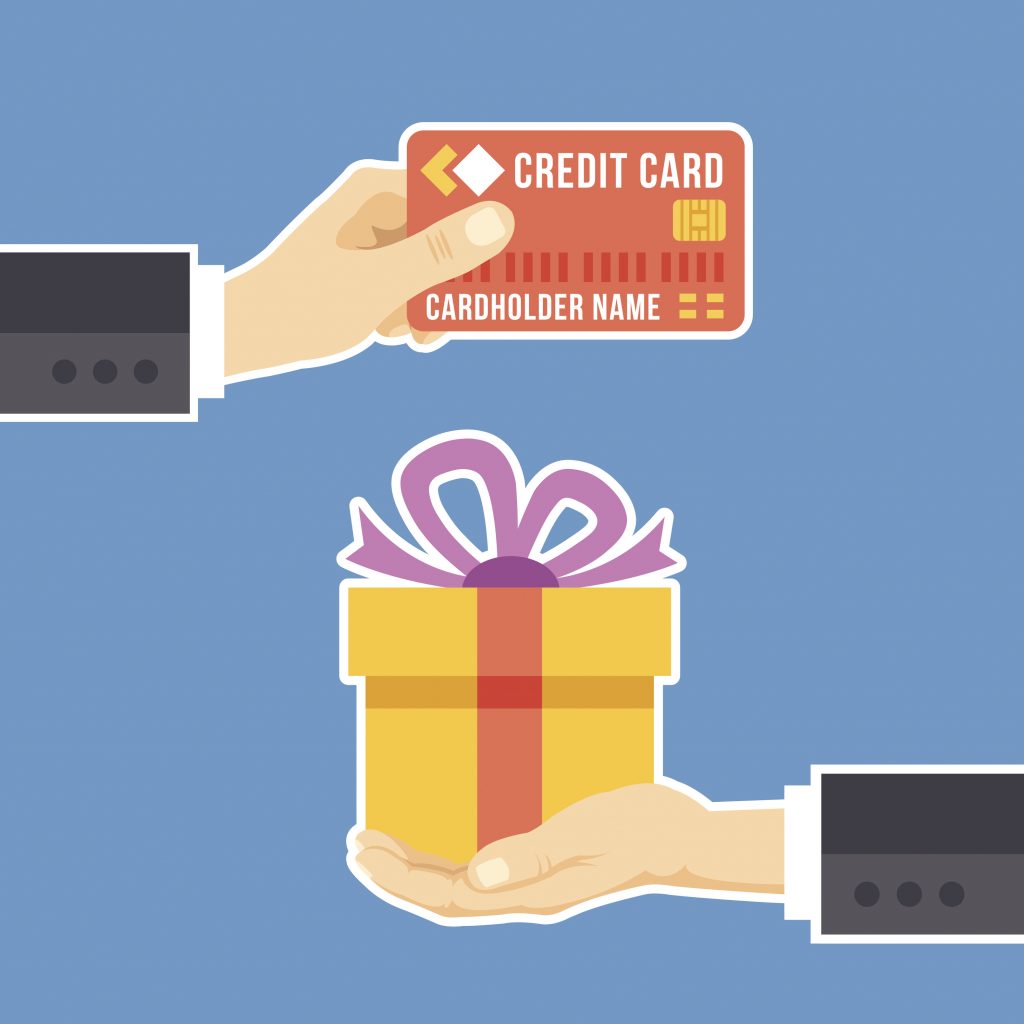 Loyalty programs are a win-win for your business and customers. Your repeat customers get perks, and you increase your sales. Loyalty programs have become extremely popular as consumers like to be rewarded for their purchases. When selecting a bank or credit card, 63% of consumers are influenced by rewards. Aside from Starbucks’ well-known loyalty program, other popular programs include Shoppers Optimum, Air Miles, and PC Points. A 2013 report by Abacus Data revealed that about nine in 10 Canadians actively use some kind of loyalty program to collect points or miles.
Loyalty programs are a win-win for your business and customers. Your repeat customers get perks, and you increase your sales. Loyalty programs have become extremely popular as consumers like to be rewarded for their purchases. When selecting a bank or credit card, 63% of consumers are influenced by rewards. Aside from Starbucks’ well-known loyalty program, other popular programs include Shoppers Optimum, Air Miles, and PC Points. A 2013 report by Abacus Data revealed that about nine in 10 Canadians actively use some kind of loyalty program to collect points or miles.
The value of loyalty programs
It increase your revenue
A loyalty program helps encourage repeat business, which means a reliable stream of business, which helps you boost revenue. In a study by Bain & Co., the longer a customer’s relationship with an online retailer, the more they spend in a given period of time.
It costs less to retain existing customers
It costs five times less to retain an existing customer than it does to acquire a new customer. A 5% increase in customer retention rates can increase profits up to 95%.
It helps you stay ahead of the competition
These days, it’s extremely hard to compete in an increasingly crowded market. Loyalty programs help create an incentive for customers to give you their business. Consumers crave personalization and perks. The average Canadian has 6.4 loyalty rewards in their wallet, and 78% will shop strategically to earn points. Loyalty programs help improve relationships with customers as well as motivate them to become brand ambassadors. It’s important to show your customers that you’re paying attention to their preferences – even if just an email saying happy birthday.
Loyalty program options for small businesses
You always have the option to go low-tech and old-school with the time-tested punch card, but in our mobile-obsessed society, consumers often prefer an electronic method. While larger companies have the resources and finances to execute loyalty programs, it doesn’t have to be hard for small and medium-sized companies either. The technology that large corporations use to deploy their loyalty programs is trickling down to smaller businesses via intermediary services. Toronto start-up Drop brings the same loyalty scheme that Starbucks offers to smaller-scale businesses. Similar companies like Belly, FiveStars, and Perkville enable businesses with big-box loyalty program technologies without the steep costs.
Tips for creating an effective loyalty program
- Structure your rewards carefully. Seek a balance between making your rewards feasible for customers and creating a program that’s financially worthwhile for your business. For example, you can require customers to spend a certain amount of money in order to gain the perks.
- Promote the program. Make sure your employees are properly trained on how the program works and to mention it to customers. Without fail, employees at Sephora and Cineplex ask customers for their points card during every transaction.
- Offer special promotions. Update your loyalty program regularly by offering special promotions to keep your customers engaged and active. Some merchants often offer double points when customers buy certain products.
A loyalty program can be extremely profitable, and there are many options out there for small businesses. However, that’s not to say it’s a perfect fit for every merchant. If you don’t have the time and resources to devote to maintaining a loyalty program, it may not be the best option for your business. A poorly executed loyalty program may do more harm than good to your brand. A good loyalty program should provide value – both for your business and its customers.